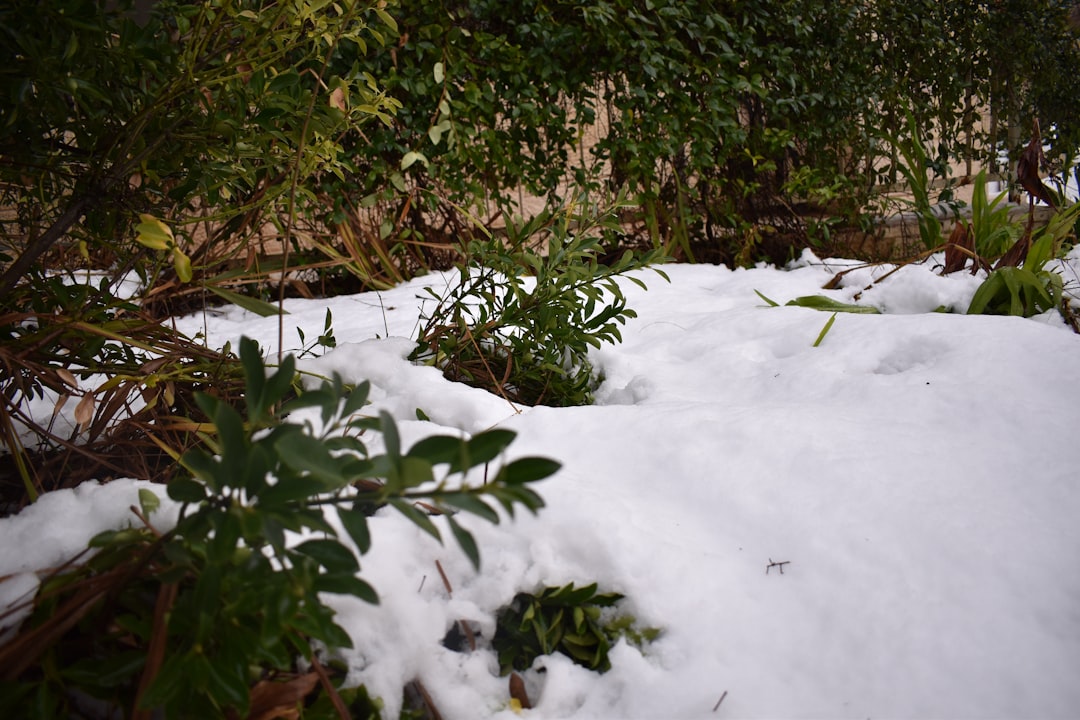The Enigmatic African Milk Tree: A Guide to Indoor Cultivation

The African milk tree, scientifically known as Euphorbia trigona, is a captivating succulent that bears a striking resemblance to a cactus. Despite its cactus - like appearance, it belongs to the Euphorbia family. This plant has gained popularity as an indoor houseplant due to its unique aesthetic and relatively low - maintenance nature. In this article, we will explore everything you need to know to successfully grow the African milk tree at home.
Appearance and Characteristics
The African milk tree typically has a columnar shape with three or four sides. Its stems are green and can grow quite tall, sometimes reaching up to 6 feet or more in its natural habitat, although it will be smaller when grown indoors. Along the edges of the stems, there are small spines and leaves that are often shed as the plant matures. The plant gets its name from the milky white sap that oozes out when the stems are cut or damaged. This sap is toxic and can cause skin irritation and eye damage, so it's important to handle the plant with care.
Light Requirements
One of the most crucial aspects of growing the African milk tree is providing it with the right amount of light. This plant thrives in bright, indirect light. A south - or west - facing window is usually an ideal location. However, direct sunlight for extended periods can scorch the plant. If you notice that the plant's color is fading or it's becoming leggy, it might not be getting enough light. On the other hand, if the leaves start to turn yellow or brown and look crispy, it could be getting too much direct sunlight.
Soil and Potting
African milk trees prefer well - draining soil. A cactus or succulent potting mix is an excellent choice as it allows excess water to drain away quickly. When potting the plant, choose a pot with drainage holes at the bottom. This helps prevent water from pooling at the roots, which can lead to root rot. As the plant grows, you may need to repot it every few years. When repotting, be careful not to damage the roots and use a slightly larger pot to give the plant room to expand.
Watering
Like most succulents, the African milk tree is drought - tolerant. Overwatering is one of the most common mistakes when growing this plant. Water the plant only when the top inch or two of the soil is dry. During the growing season (spring and summer), you may need to water it more frequently, but still make sure the soil dries out between waterings. In the winter, when the plant is in a dormant state, reduce watering significantly. A good rule of thumb is to water less rather than more, as the plant can tolerate dry conditions better than wet ones.
Fertilizing
Fertilizing the African milk tree is not necessary but can help promote healthy growth. Use a balanced, water - soluble fertilizer diluted to half strength. Apply the fertilizer during the growing season, about once a month. Avoid fertilizing the plant in the winter when it's dormant. Too much fertilizer can cause the plant to grow too quickly and become weak and leggy.
Propagation
Propagating the African milk tree can be done through stem cuttings. To propagate, use a sharp, clean knife to cut a stem from the main plant. Let the cutting dry for a few days until a callus forms at the cut end. Then, plant the cutting in a well - draining soil mix. Keep the soil slightly moist but not wet. Roots should start to develop in a few weeks. It's important to note that the sap from the cutting is toxic, so wear gloves when handling it.
Pest and Disease Control
The African milk tree is generally resistant to pests and diseases. However, it can be susceptible to mealybugs and spider mites. Mealybugs look like small, white, cottony masses on the plant, while spider mites are tiny and can cause webbing on the leaves. To get rid of these pests, you can use a cotton swab dipped in rubbing alcohol to remove mealybugs. For spider mites, you can spray the plant with a mixture of water and mild dish soap. If the infestation is severe, you may need to use an insecticidal soap or neem oil.
Conclusion
Growing an African milk tree at home can be a rewarding experience. With its unique appearance and relatively easy care requirements, it's a great addition to any indoor plant collection. By providing the right amount of light, water, soil, and taking proper precautions when handling the plant, you can enjoy the beauty of the African milk tree for years to come.